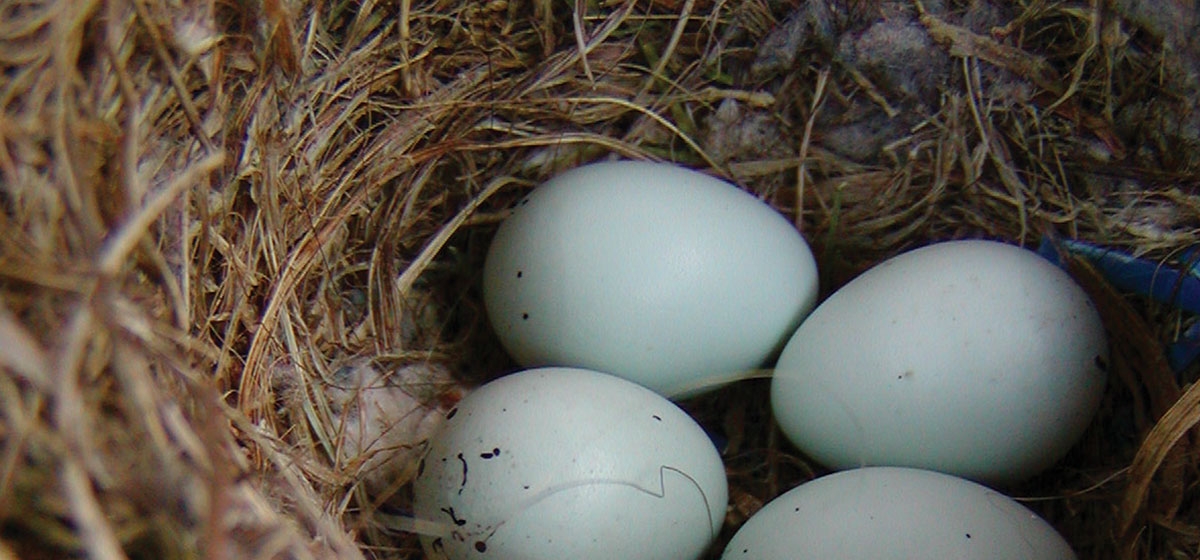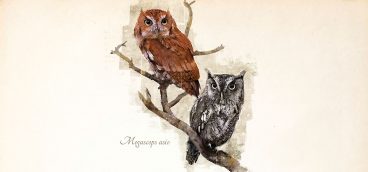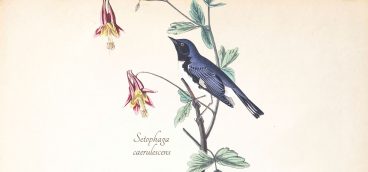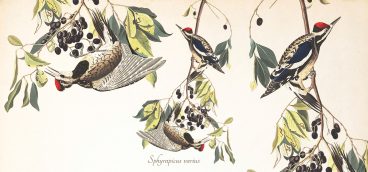
While attention rightly goes to our region’s green buildings, the greenest construction puts them all to shame. It uses only native materials, costs nothing and is totally biodegradable. And the winner is: Bird nests, so many and so varied that we hardly notice them.
Look around, and you’ll see evidence of nesting birds everywhere. While it’s easiest to find old nests in winter, with the leaves down and the range of avian architecture exposed, late spring and summer is when you’ll find the “occupied” sign hanging in trees and shrubs across our region.
Remember, too, that some birds are cavity nesters, so they’ll find convenient, sometimes seemingly tiny crevices in which to raise young. A hole in a tree might lead to the nest of a woodpecker or chickadee. The edge of your roof that’s peeled up? A starling’s cradle. That nest on the ground? A sparrow nursery. Baltimore Orioles weave pendulous nests that would look right at home in a museum or gallery. Wrens might nest in your tool shed, and titmice in a birdhouse you’ve hung. Hummingbirds make tiny cup nests of spider silk and lichen and hide them in your garden.
Still other species burrow into river banks, such as our Belted Kingfisher, who digs a horizontal chamber in which to lay its eggs. Raptors such as our Red-tailed Hawk refurbish their old digs each year. And Dorothy the Peregrine Falcon calls the Cathedral of Learning home and simply lays her eggs on the gravel floor of a large, wooden shelter, some 40 stories up.
Birds only nidify, or build nests, for breeding purposes, raising one or more broods each summer. They don’t live in nests otherwise, being perfectly adapted to roost in the elements. Nest building is energy-intensive, so it only happens when food is abundant, mates are available and environmental conditions are right. Depending on the species, females alone might build the nests. Egalitarian impulses have won the day among other birds. In a few species, males build nests to show off their reproductive fitness to females. No matter the contractor, nests must fulfill one central requirement: hold an egg or eggs and still have room for an incubating adult to add body heat to the biochemical processes below.
Generally, females do much of the incubating, losing feathers in a brood patch so that bare skin directly contacts their eggs. In some species, males help, too. Incubation in our songbirds, such as American Robins, lasts some 12–14 days, typical for birds of their size. Larger birds tend to incubate longer; bigger eggs require this. When incubation is under way, birds generally go silent and grow still. In some species, evolution has linked them so tightly to the nest that a slow, quiet observer can approach a brooding bird, reach out and touch it. Other species flush and dart away ahead of predators. Brief periods of absence are common in brooding birds, so never assume a nest has been abandoned. More likely, the parents are foraging nearby, or your curiosity has scared them into a hiding place. The birds see you, even if you fail to see them.
Throughout the 19th and early 20th centuries, oologists, scientists who study eggs, amassed vast collections. The Carnegie Museum of Natural History alone holds some 10,000 sets. Collecting eggs and nests was a common, if innocent hobby of children, especially boys, in the mid to late 19th century. When the nascent conservation movement began in the 1890s, attitudes changed. With their Victorian sensibilities, popular bird writers of the era, mostly women (scientific research was still the exclusive purview of men), admonished children to leave “mother” and “baby” birds alone. “I think no one would be so cruel,” wrote Olive Thorne Miller in The First Book of Birds (1899), “as to take [eggs] away from the poor little mother, if he remembered that her young ones are inside them, and that she loves them as his own mother loves him.” So developed the myth that touching eggs or nestlings would cause parent birds to abandon their young. This is not the case, though it remains good advice, allowing our avifauna to focus not on defending against human intruders, but on the laborious work of feeding the hungry maws of fledging chicks.
Readers can assist with the 2nd Pennsylvania Breeding Bird Atlas. This joint project of the Game Commission and Carnegie Museum of Natural History is in its final, fifth year. Survey blocks across the stateare monitored by volunteers who record and submit data about all bird activity, especially nesting. Visit https://maps.carnegiemnh.org/ to learn more.





